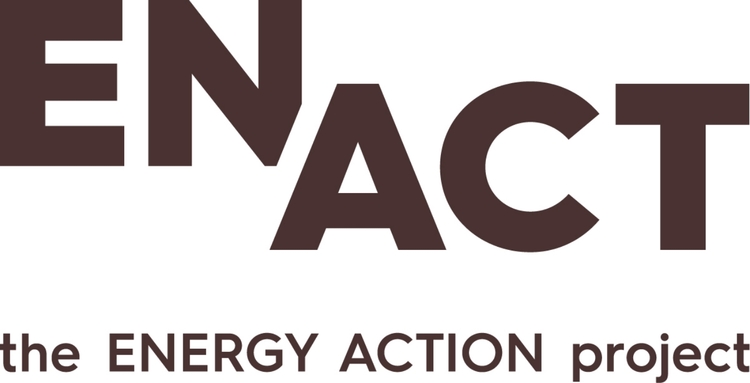While First Nations and remote communities have a higher incidence of fuel poverty in Ontario, they are not the only at-risk segment in the population of 12.8 million.
For the past ten years, the Low Income Energy Network (LIEN) has been advocating for a comprehensive approach for affordable energy. Most recently, they successfully lobbied for an ongoing rate assistance subsidy called the Ontario Electricity Support Program (OESP), which was launched 1 January 2016.
No exact figures are available for how many low-income households in Ontario have energy bills that put them into a state of fuel poverty, says Mary Todorow, a research/policy analyst and a member of LIEN. But some information can be gleaned from other records.
“In their costing for the OESP, the Ontario Energy Board (OEB) estimated that 790 375 households in Ontario are living at or below the Statistics Canada after-tax Low-Income Measure (LIM). Of that, about 571 072 are eligible for the OESP benefit," says Todorow. "So that's over half a million households.”
Interestingly, in contrast to the standard European fuel poverty measure of energy bills accounting for 10% (or more) of household income, LIEN defines unaffordable energy as a much lower 6% to 8%.
